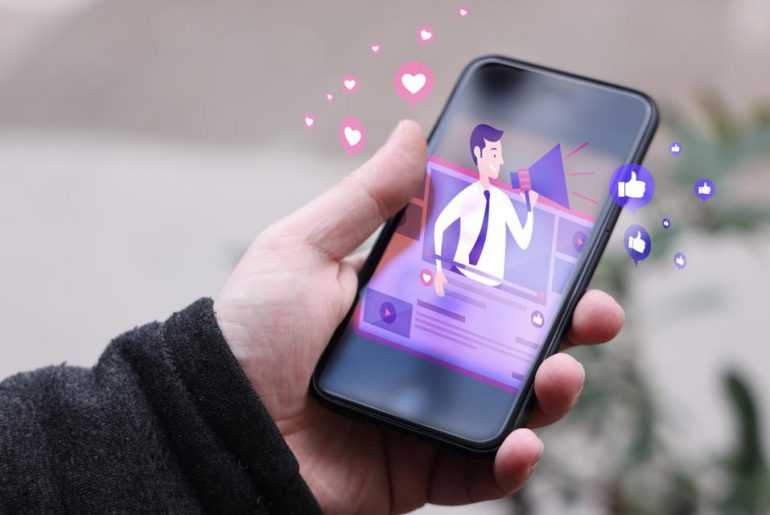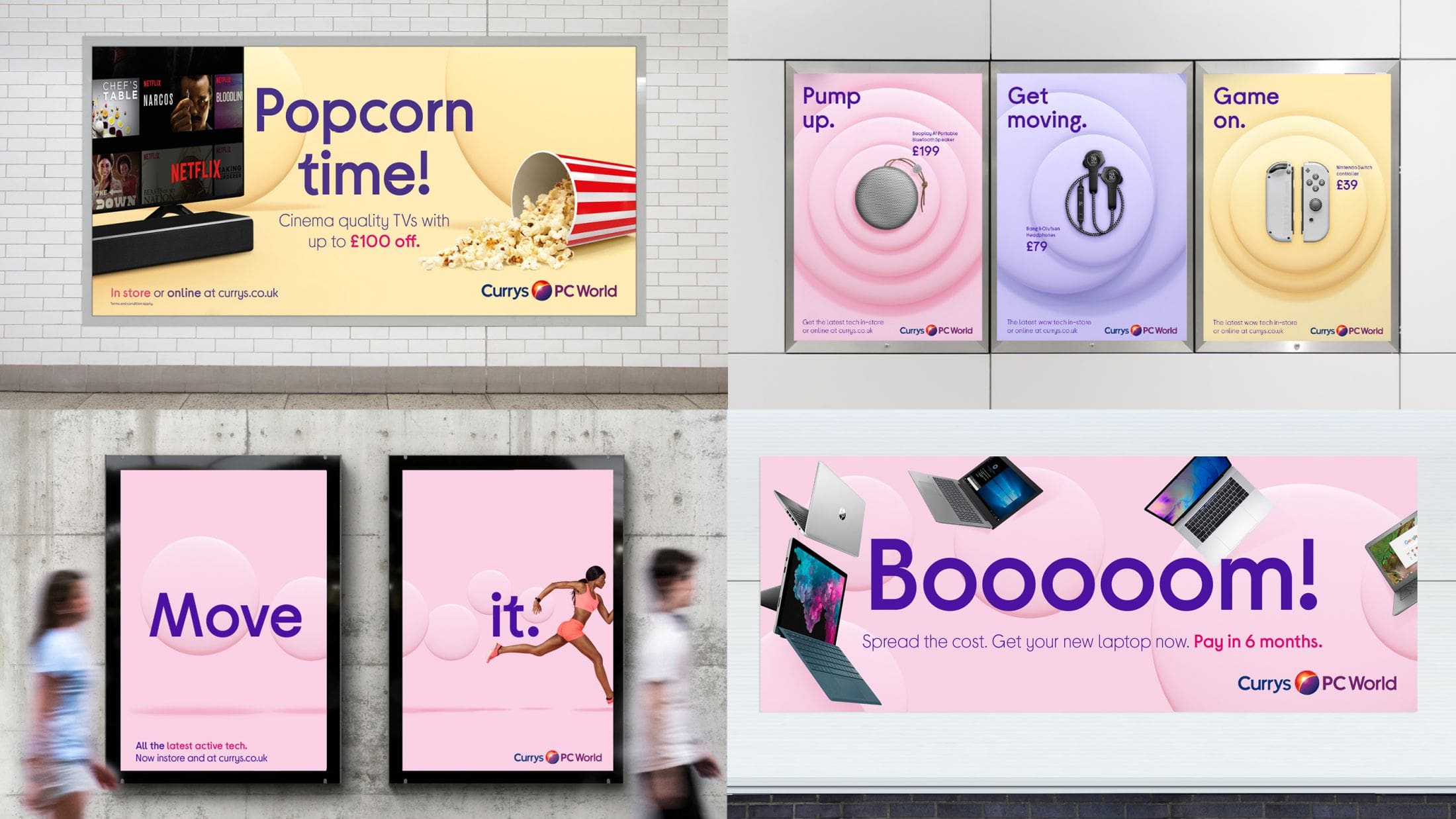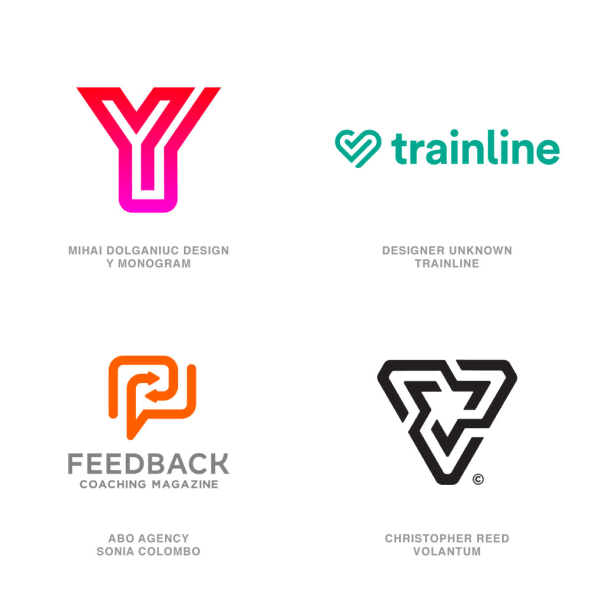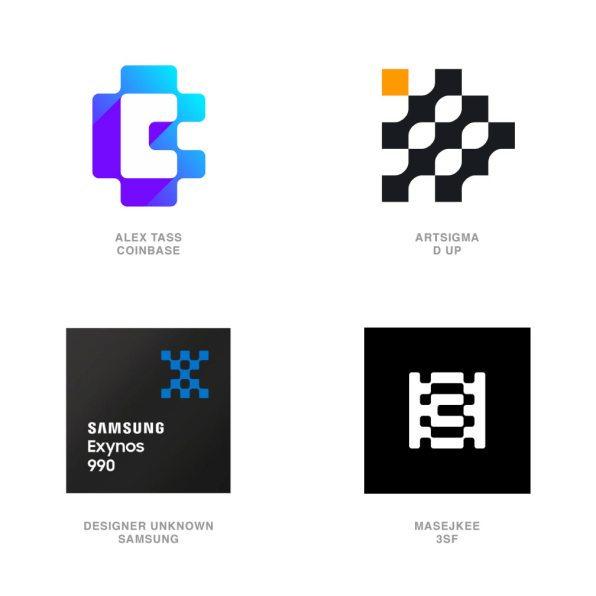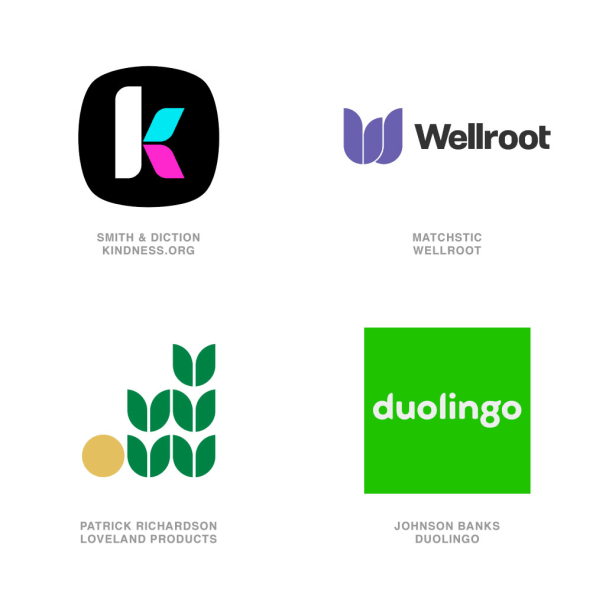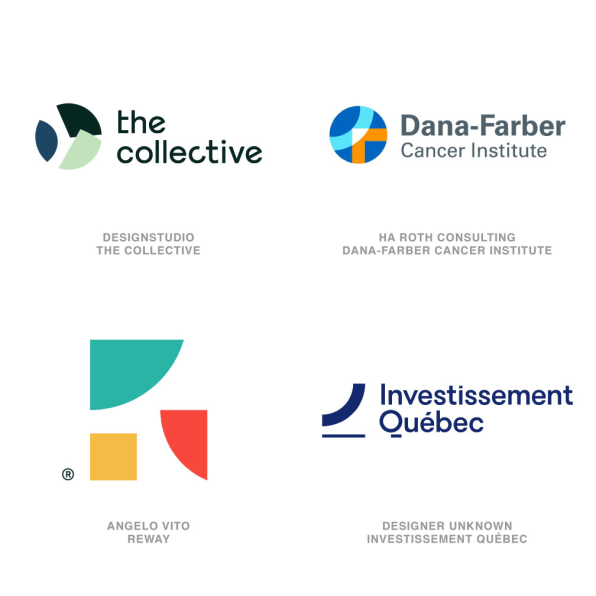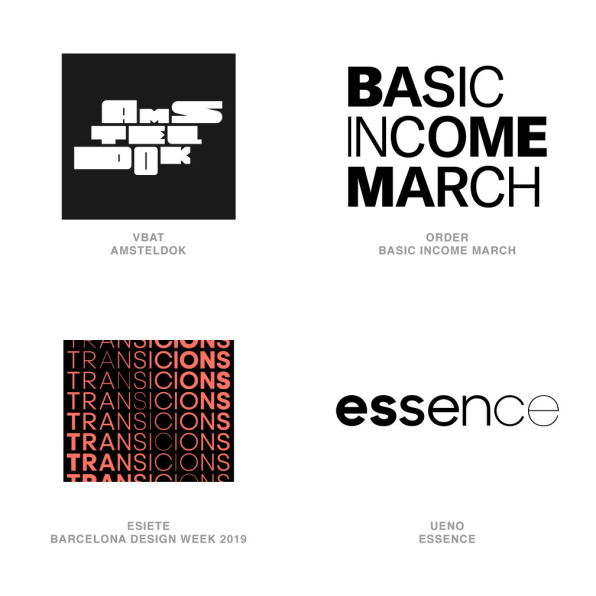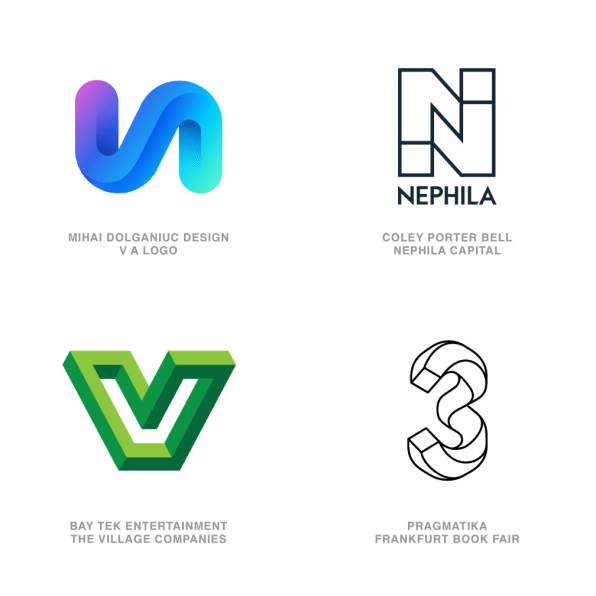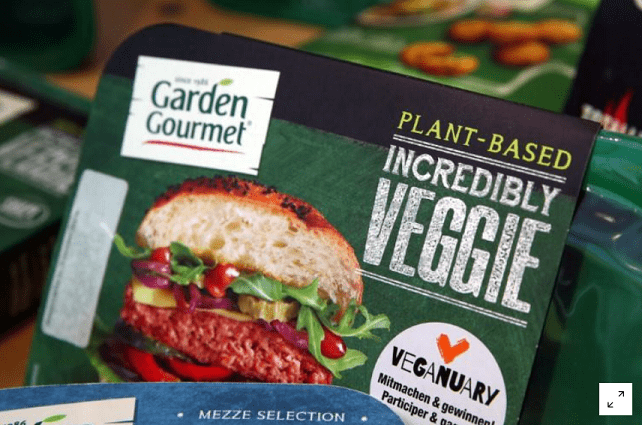By
We are living in a time of seismic change for brand management, the third of its kind in the last 35 years. Covid brought to the surface what’s been percolating in the market for years: the need for brands to focus on their purpose in order to lure millennial consumers, who have become today’s highest quality consumers because they’re the beneficiaries of the largest wealth transfer in human history.
No longer is advertising a product’s benefits or features enough to keep a brand afloat and attract consumers in troubling times. Brands need to showcase what they do for the greater good, how they treat their employees, and their actions to protect the environment if they want to cash in on the new spending power of millennial consumers.
Previous Seismic Transformations In Branding
Over the past 35 years of my career, I can recall only two periods of similar seismic branding transformation: when the very notion of brand value was questioned in the 1990s and when digital marketing hit the scene in the 2000s.
When Brands Almost Disappeared In The 1990s
In the early 1990s, the world started to question why brands were even important. Why would someone pay more for a name-brand soda when a store substitute tastes nearly the same?
At the time, it was questionable if the very concept of “brand” would survive outside of luxury goods. The debate was reversed when non-luxury brands worked hard to create sales-driving brand association. Toyota and Honda became shorthand for reliability because of the brand’s cost-to-performance ratio. No matter if customers purchased the lowest- or highest-priced Toyota, they knew they were getting the best vehicle for that price point. Apple resurrected itself from near bankruptcy to become the standard for quality in electronics by offering elite-quality products that last, combined with instantly-recognizable design. Quality craftsmanship was only the starting point to elevate these brands, of course. Advertising and marketing campaigns spread the word that both Apple and Toyota produced only “best in class” products.
If you’d like to read more about it, I highly suggest David Aaker’s classic book Managing Brand Equity. (Aaker and I are not professionally affiliated.)
Digital Domination In The 2000s
The second earthquake moment happened with the advent of digital media. Suddenly, print, radio and television were no longer the only way to target consumers. Advertising became a completely new science driven by data that enabled very fine segmentation of messaging. This required a massive change in the skills of marketers, such as learning to engage on social media and create high-converting websites. To this day, two decades on, many brands still struggle with digital success.
Today’s Shift To Purpose
Today, we are experiencing a third transformational change in branding and marketing. This time, the transformation centers around purpose.
To reach millennials, businesses must define and promote their purpose. Almost two-thirds of millennials express “a preference for brands that have a point of view and stand for something,” according to a study of global brands by Kantar.
Millennials favor doing business with brands that share their values. According to the Deloitte Global Millennial Survey 2020:
• 47% educate themselves on the environmental impact of the brands they consume
• 41% think that businesses have a positive impact on society
• 38% have initiated a relationship with a business that has a positive impact on the environment
• 33% think business leaders are having a positive impact on them and on society
• 22% have reduced their engagement with a brand because of the CEO’s political views
Largest Transfer Of Wealth In Human History
In addition to the fact that every millennial is now of working age, from 24 (entry-level workforce) to 39 (peak age for savings and borrowing), they are also the beneficiaries of the largest wealth transfer in human history. This makes them the highest-value target demographic in the market today.
As Baby Boomers (a disproportionate number of whom rode stock options and a 20-year bull market to unusual levels of wealth) begin to retire and pass away, they are transferring a staggering amount of money to their millennial descendants. So not only are millennials earning income in the workforce, they are also on track to becoming an extremely wealthy generation via inheritance.
Estimates of this wealth transfer stand at $30 trillion in the U.S. alone, of which $9 trillion will be liquid assets (e.g., cash, houses). Worldwide, the estimated wealth transfer reaches $100 trillion. Add this to their current spending power as part of the workforce, and brands would be remiss not to do everything in their power to capture this market.
The Pandemic Brought Purpose To The Forefront of Advertising
While Covid-19 made every brand put “being safe” at the heart of its messaging, it is easy to tell a true purpose-driven brand from an opportunistic campaign. The latter often includes thinly disguised offers (e.g., “Stay at home and order food online with our credit card, which gives 10% cash back on groceries”). Compare these with genuine, purpose-driven campaigns, like those we saw from Apple, Nationwide, and Vodafone, and the difference becomes evident in tonality and responsibility.
It Takes More Than Advertising To Reach Quality Consumers
Creating a brand that is truly purpose-driven — and comes across as such — requires a company to rethink its internal culture, its consumer-facing processes and its treatment of staff. Millennials will not do business with a company known for unethical treatment of employees, unfair pay practices, animal testing and other transgressions.
What does your company offer to the world? What is your true purpose, other than turning a profit? Craft a brand purpose that resonates with your audience and that your company can and will actually “live.” Then, invest in marketing, advertising and action that brings that purpose to life.
Feature Image Credit: getty
By
Roy Hutchinson, Chief Strategy and Communications Officer, Deem Finance LLC. Read Roy Hutchinson’s full executive profile here. Follow me on LinkedIn. Check out my website.

